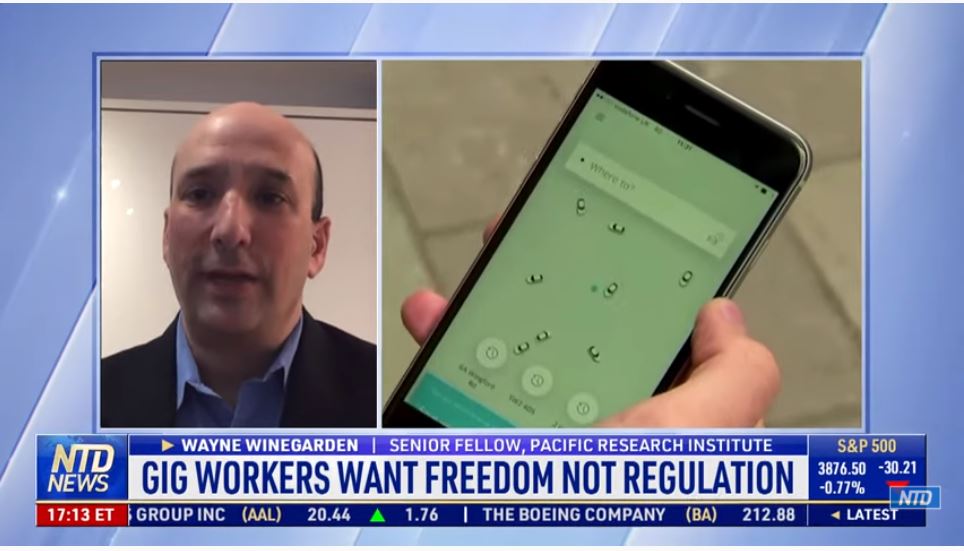What happened to coronavirus, flu ‘twin-demic’? Experts weigh in
By Alexandria Hein
With coronavirus cases soaring in late summer, experts warned about the potential for a so-called “twin-demic,” which they said would’ve seen hospital systems overwhelmed by both COVID-19 and the influx of flu patients, but the surge never came. In fact, the Centers for Disease Control and Prevention (CDC), is reporting that flu activity in the U.S. “remains lower than usual for this time of year,” which is typically the peak of illnesses.
Since Oct. 1, 2020, or the start of flu season, there have been 165-laboratory confirmed flu-related hospitalizations in the U.S. According to the CDC, not only is this below average for this point in the season, it’s the lowest rate seen since data collection began in 2005.
So why did the influenza virus take a backseat to coronavirus? Experts say it’s a mix of factors, but mitigation measures put in place to stop the spread of COVID-19 likely played a big part. . .
. . .
“The same phenomenon was found in the Southern Hemisphere during the winter there (the opposite months from ours) last year and was thought to be caused by the ‘non-pharmaceutical interventions’ adopted to prevent the spread of COVID-19 – masks, sheltering and social distancing, frequent handwashing, and avoiding indoor crowds,” Dr. Henry Miller, former FDA official and currently a senior fellow in health studies at the Pacific Research Institute, told Fox News. . .

